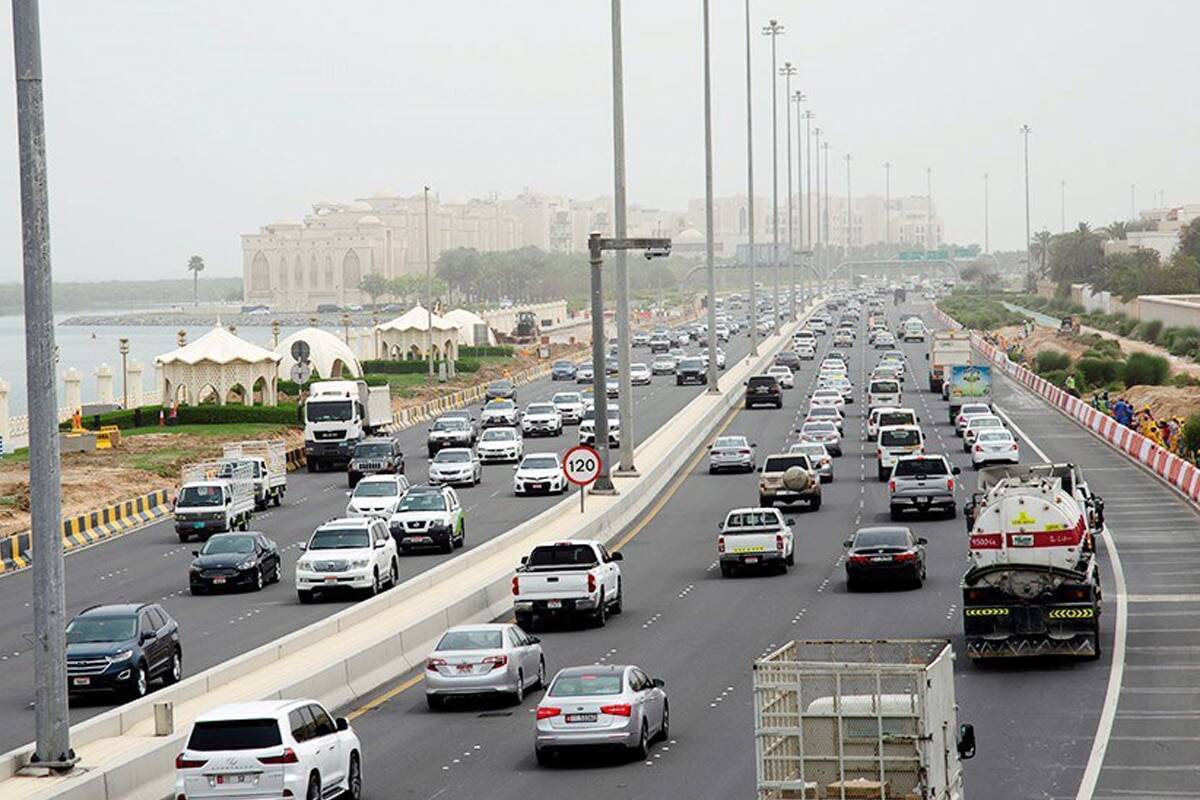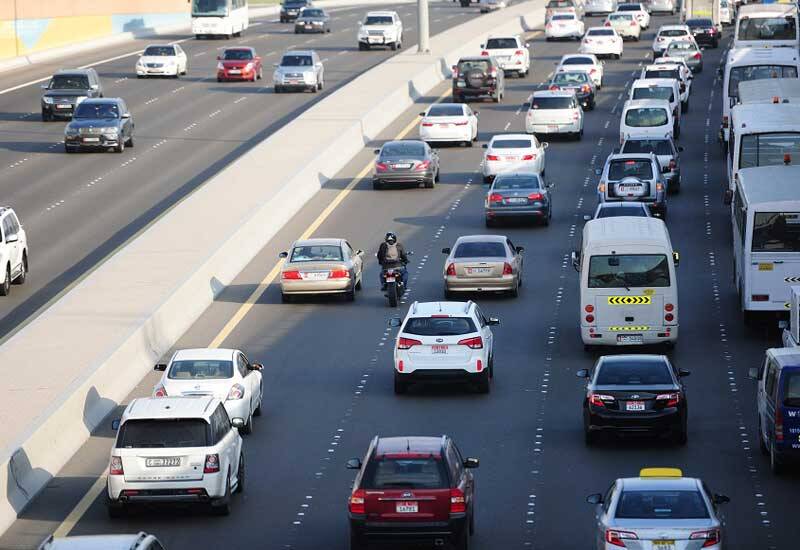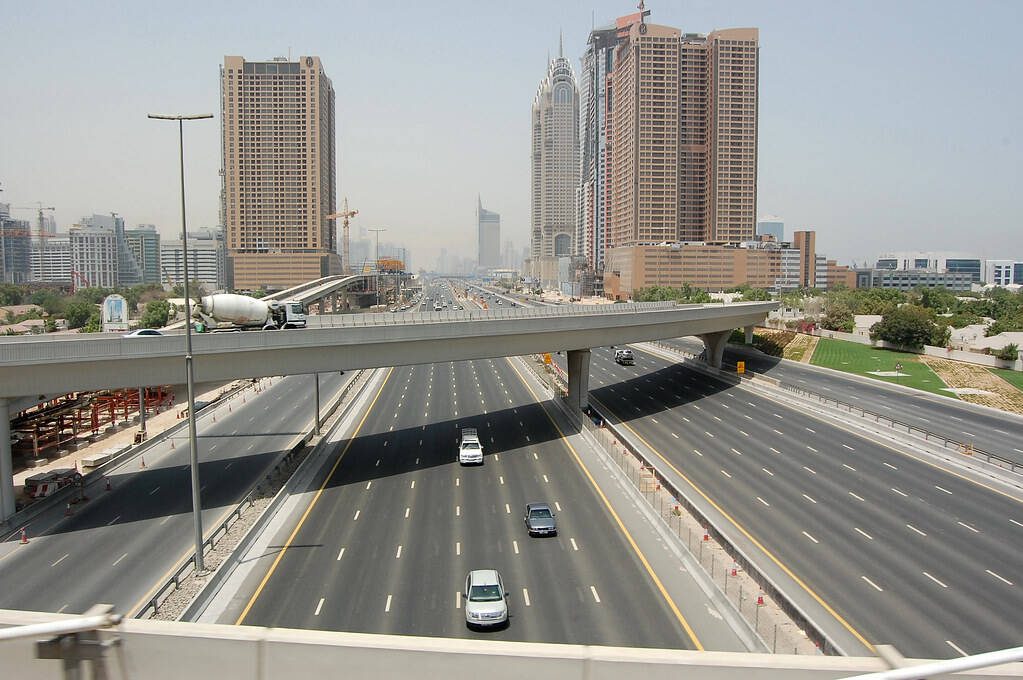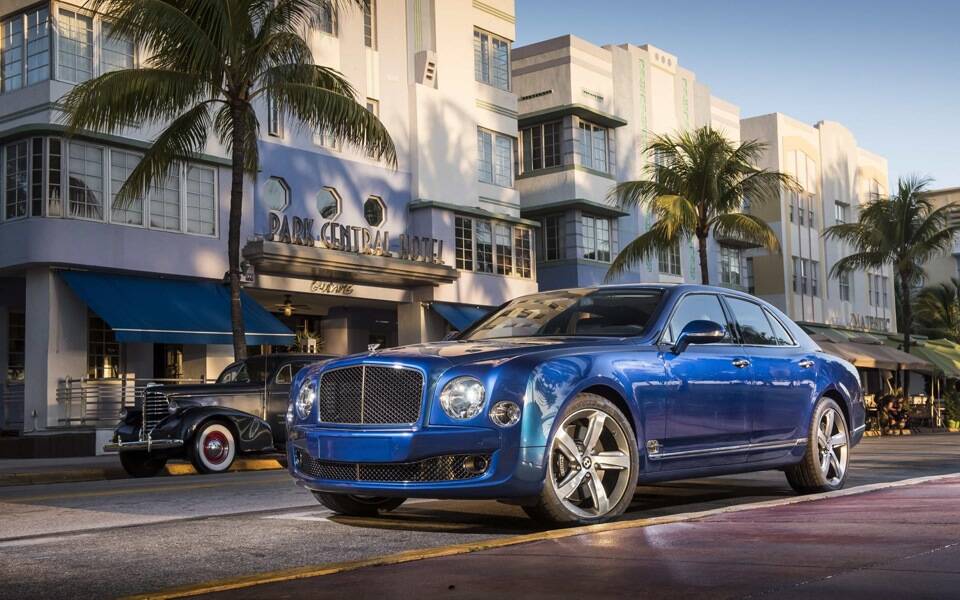
Summary: When driving on UAE roads, whether you’re a resident or renting a car in Dubai, it’s vital to know how to confirm the speed limit for the specific road you’re on. Always rely on visible signage, check official sources or your navigation system, and be aware of special rules (minimum speeds, reduced limits, etc.). For example, on the E311 the minimum requirement has been removed but the maximum remains 140 km/h. On the Sheikh Zayed Road in Dubai, the maximum is often around 120 km/h but always check signage for the exact figure. And in Abu Dhabi, there is no speed buffer above the limit, so staying precisely at or under the limit is essential.
Understanding Speed Limits and Why They Matter
When you’re driving in the UAE, especially in the Dubai and Abu Dhabi region, knowing the speed limit on a particular road is crucial for safety, compliance with traffic laws, and avoiding fines. As a leading car rental service in Dubai, we ensure our clients are fully briefed on local regulations so you can enjoy your journey without stress. Below is a professional rundown of how you can find the speed limit on any road, with reference to specific roads like the E311 (Sheikh Mohammed bin Rashid Road) and the E11 (Sheikh Zayed Road) in Dubai.
How to Find Out the Speed Limit on a Specific Road
Here are practical steps you can follow:
- Look for road signage – Speed limits will typically be posted on overhead gantries, roadside signs, and at entry points to highways. These are the primary indicators of the legal maximum (and sometimes minimum) speed.
- Consult official local transport authority websites or apps – In Dubai and Abu Dhabi the respective transport/traffic authorities publish updates, changes or special zones (school zones, construction, etc) where the speed limit is altered.
- Use a trusted map or navigation system – Many modern GPS systems or map apps will display the speed limit for your current road segment. This is especially helpful when you’re driving a rental vehicle and are unfamiliar with the area.
- Check for special rules for that road – Some highways may have variable speed limits, minimum speed limits, or special enforcement zones. Knowing these ensures you’re not caught unaware.
- Validate with your rental provider – When you rent a car in Dubai, your rental agency should brief you on the key local roads, their limits, and any known changes. As part of our car rental service in Dubai, we ensure our clients understand the speed regulations for major routes.
Specific Cases: Speed Limit Questions Answered

Is the speed limit removed from Abu Dhabi E311?
On the E311 (E311 – Sheikh Mohammed bin Rashid Road between Abu Dhabi and Dubai), the minimum speed requirement of 120 km/h (in the left two lanes) has been officially removed. The maximum speed limit remains at 140 km/h.
So while the posted maximum remains unchanged, the lower bound has been lifted by the authority to make the road safer and more flexible, especially for heavier vehicles that had difficulty maintaining the previous 120 km/h minimum.
What is the speed limit on the Sheikh Zayed Road?
The E11, referred to in Dubai as Sheikh Zayed Road, has a maximum speed limit which commonly is 120 km/h on many sections. Note: That said, speed limits may vary by segment depending on urbanisation, lane count and signage, so always check the road-specific posted sign.
How much over the speed limit can you go in Abu Dhabi?
In the Emirate of Abu Dhabi there is no general “buffer” above the posted speed limit. Enforcement is strict and radars will act as soon as you exceed the posted limit.
This means: if the sign says 140 km/h, driving at 141 km/h in Abu Dhabi could lead to a fine. By contrast, other emirates (including Dubai) may allow a small allowance in practice.
Also Read – Dubai Police Crack Down on Drivers with Unpaid Fines
FAQs

1. How do I know which speed limit applies to my lane on a motorway?
Look for overhead signage specific to lanes (for example, the leftmost lane might have a different speed for heavy vehicles), and follow the posted limit for your vehicle type.
2. Are minimum speed limits enforced on highways in the UAE?
Yes, in some cases. For instance, the E311 previously had a 120 km/h minimum for the left lanes, but this has now been removed.
3. If the posted limit is 140 km/h in Abu Dhabi, can I drive at 145 km/h and still be safe?
No. Abu Dhabi does not generally allow a speed buffer above the posted limit. Going even 1 km/h above could be subject to a fine.
4. On the E11 (Sheikh Zayed Road) in Dubai, is the limit always 120 km/h?
Not necessarily. Many sections list 120 km/h as a maximum but you must always verify the current signage because changes can occur due to road works or revisions.
5. What role does the car rental service play in supporting safe driving?
When you rent a car, the provider should brief you on major routes, speed limits and local traffic regulations. Our service ensures every client receives this briefing so you can drive confidently across Dubai and neighbouring emirates.
6. Can I rely solely on my GPS to know the speed limit?
While many navigation apps display speed limits, they may not always reflect temporary changes, variable limits or lane-specific rules. Always cross-check with signage and official information to be safe.
Conclusion
Adhering to speed limits not only helps you avoid fines and penalties, it also ensures your safety and that of other road users. If you are renting a vehicle through our car rental service in Dubai, we provide a comprehensive pre-drive briefing that covers major routes, speed limits and special enforcement zones to give you peace of mind. Whether you’re travelling on E311, Sheikh Zayed Road or any other highway, make checking and respecting the speed limit a priority for a safe and smooth journey.
Also Read – Abu Dhabi Introduces Variable Speed Limit System on Sheikh Zayed bin Sultan Road





